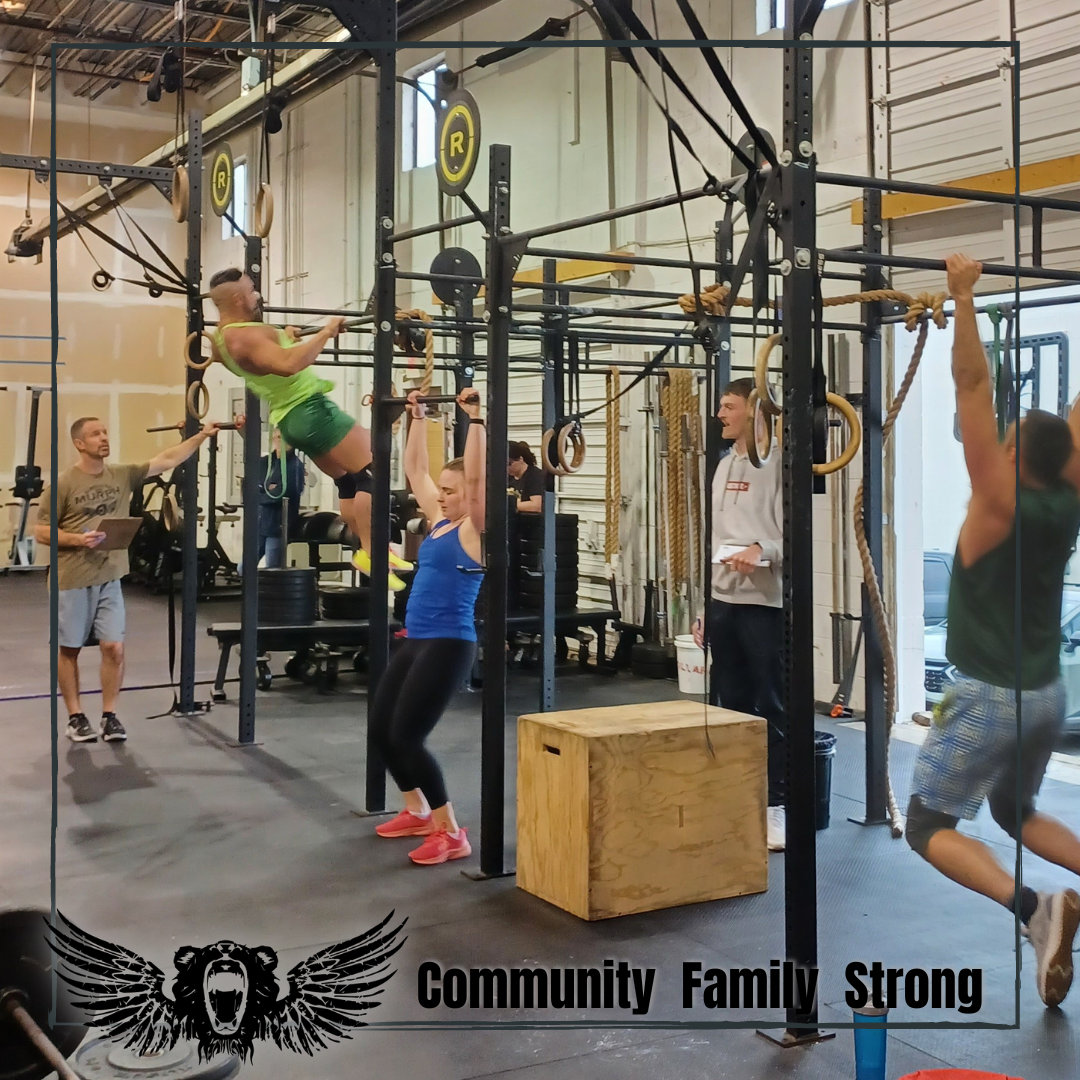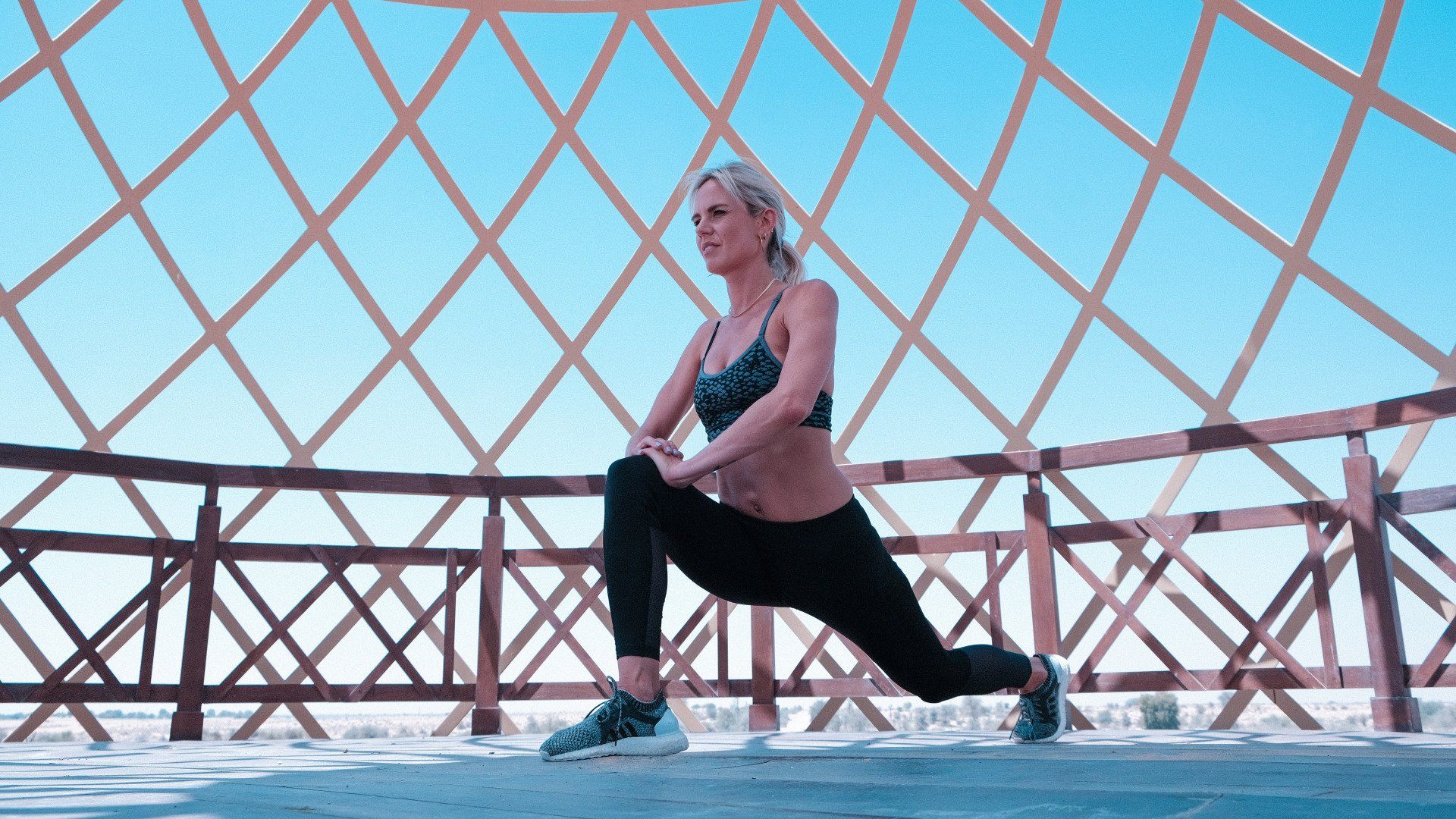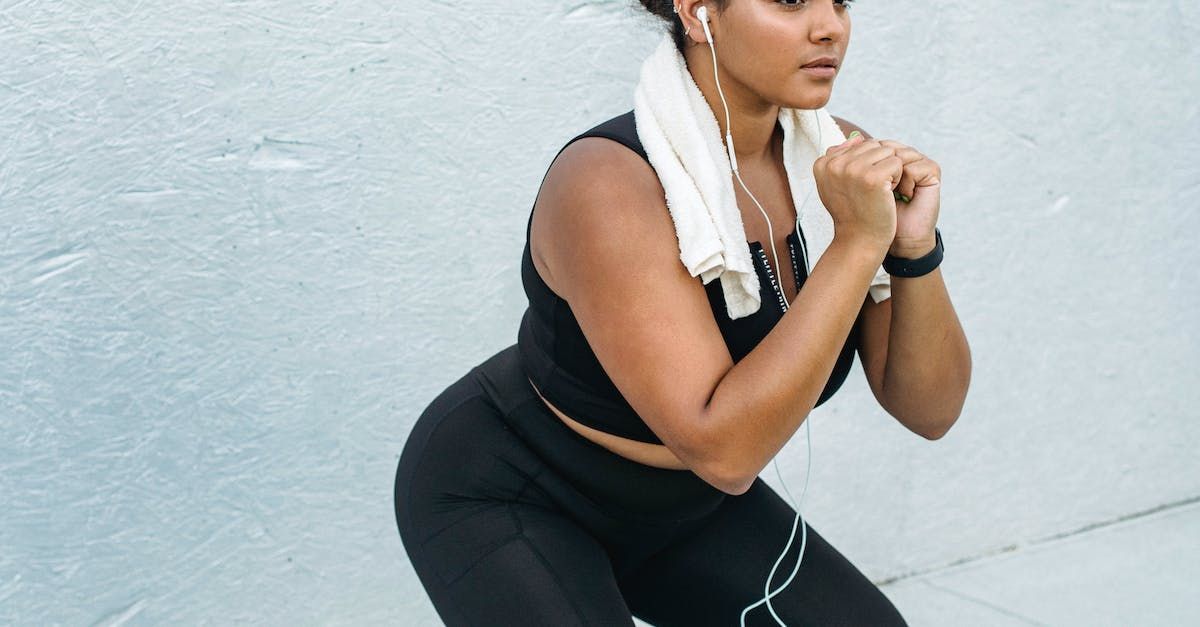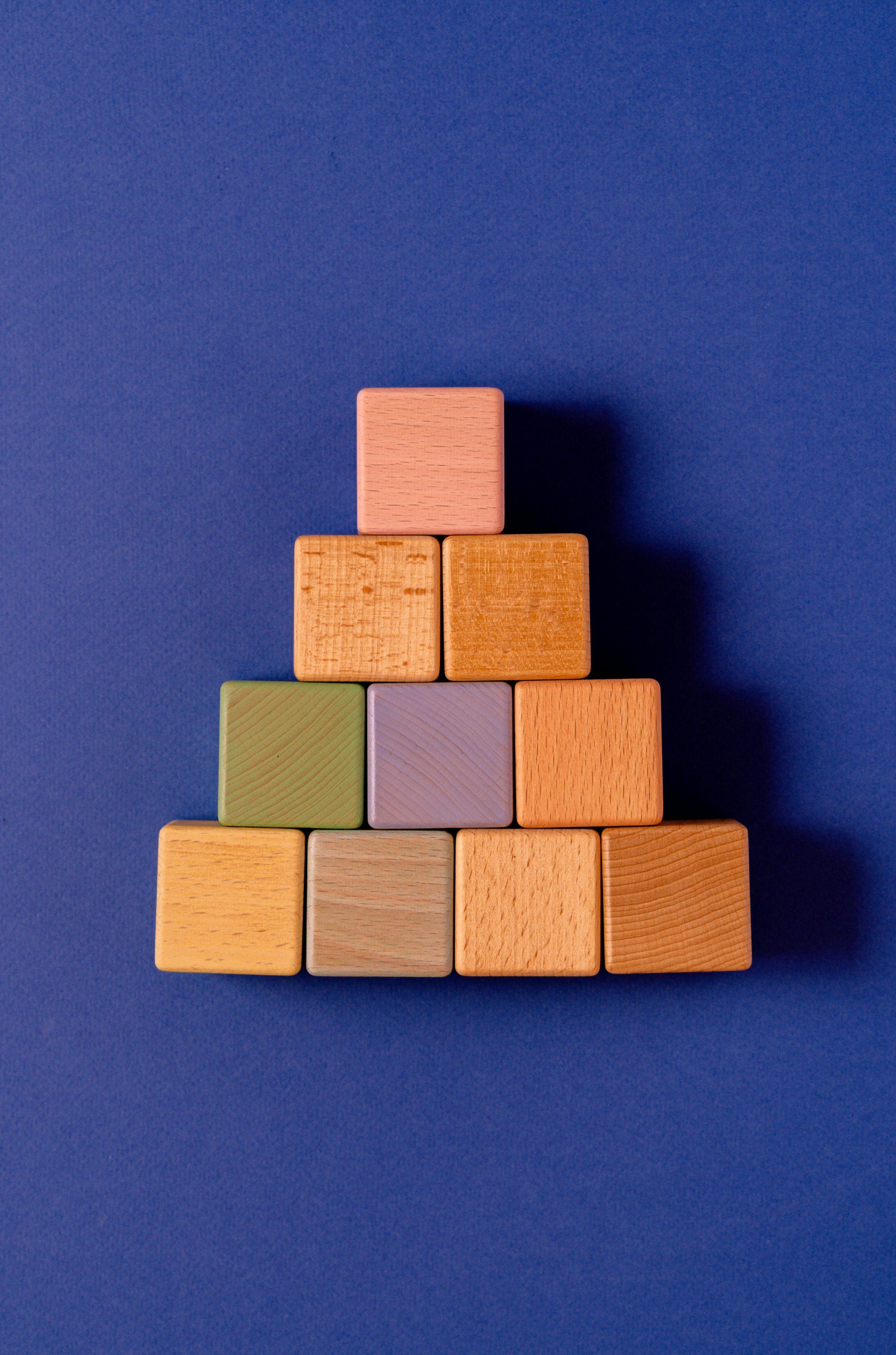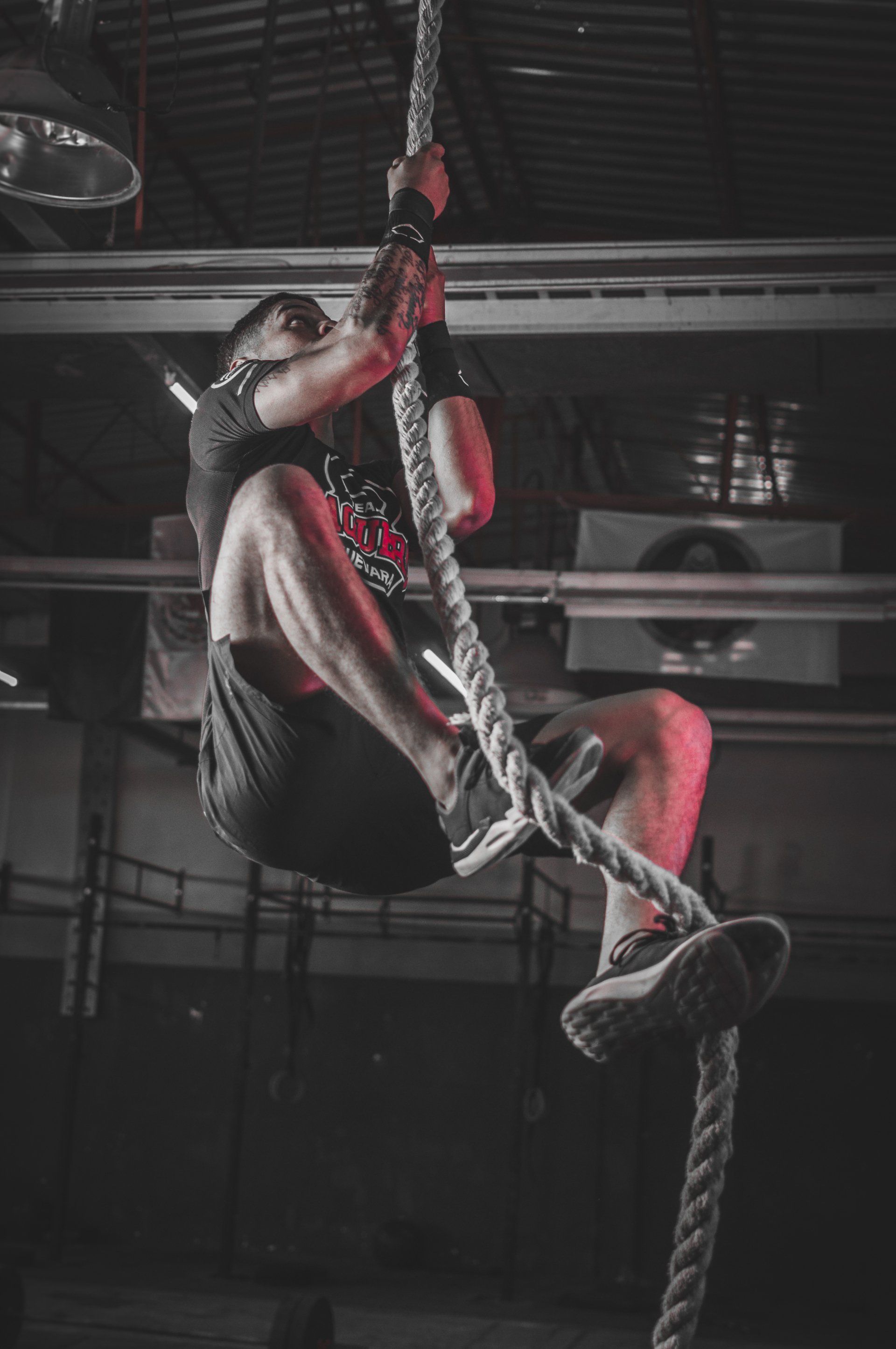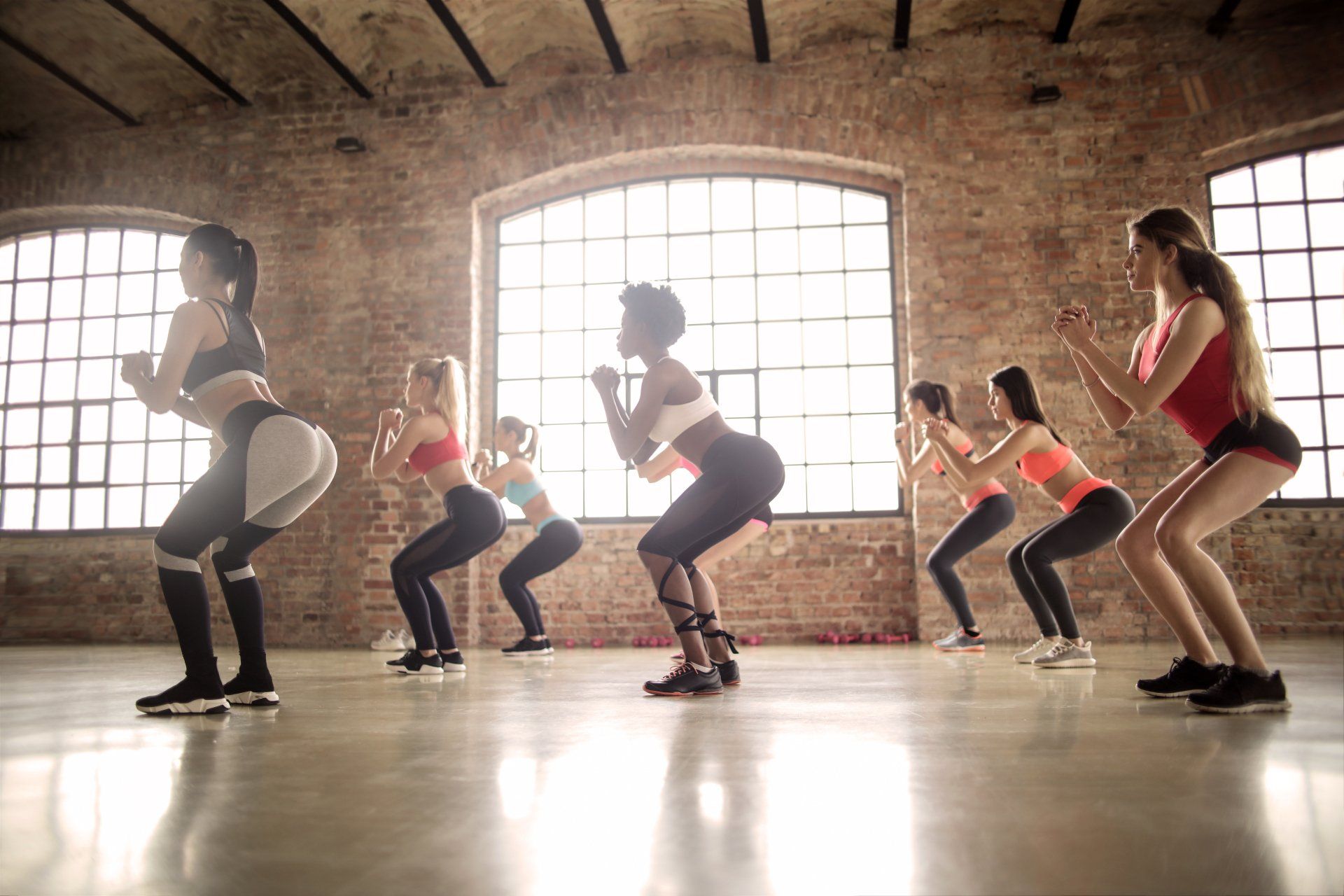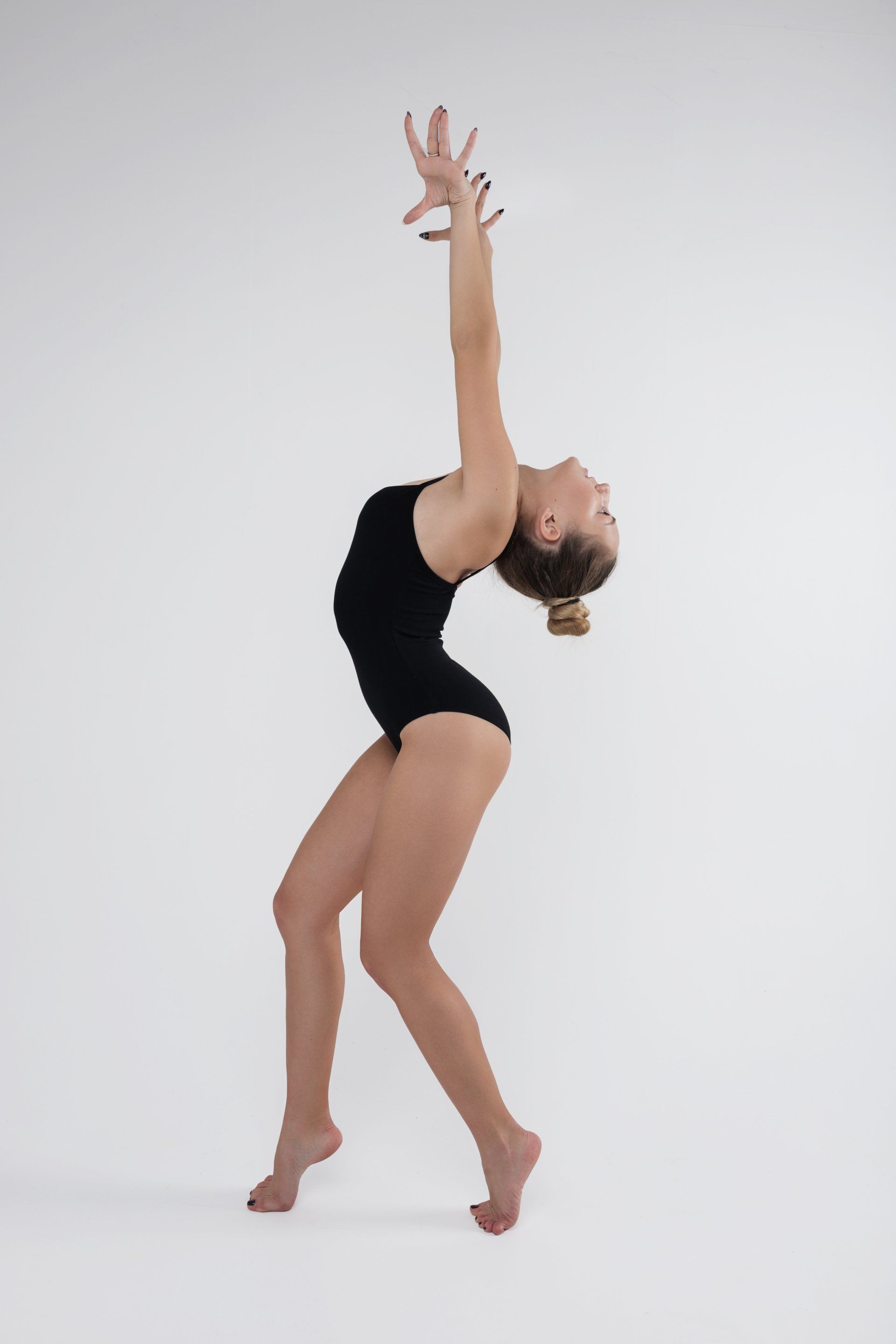Anatomy of a Wall Sit
Muscles at Work
Wall sits are a deceptively simple yet highly effective exercise for strengthening the lower body and improving muscular endurance. While seemingly static, this isometric exercise engages multiple muscle groups simultaneously, making it an excellent addition to any workout routine. In this blog post, we'll delve into the anatomy of a wall sit and explore the key muscle groups that come into play during this challenging exercise.
Ready to schedule your FREE No Sweat Intro? Click HERE to get started.
What is a Wall Sit?
Before we dive into the muscle groups involved, let's briefly review what a wall sit entails. A wall sit is a bodyweight exercise performed against a wall, where the individual assumes a seated position with their back against the wall and their thighs parallel to the ground. The goal is to hold this position for a predetermined amount of time, typically aiming for 30 seconds to several minutes, depending on fitness level and goals.
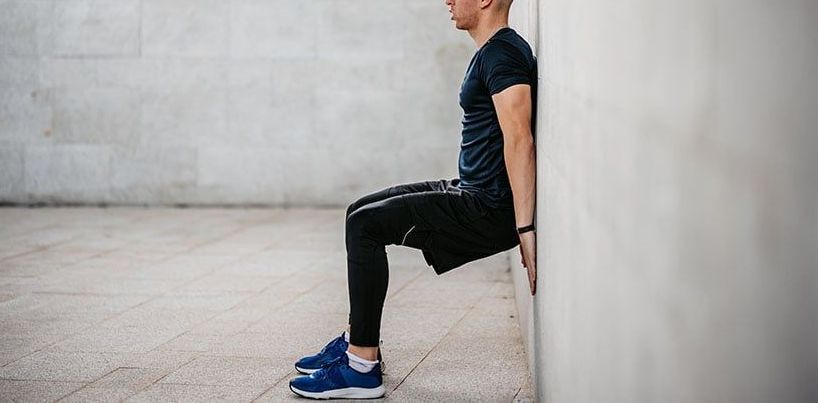
Quadriceps
The quadriceps, located on the front of the thigh, are the primary muscle group targeted during a wall sit. These powerful muscles are responsible for extending the knee joint, which is precisely what happens when you lower your body into the seated position and maintain the thigh parallel to the ground. As you hold the wall sit, the quadriceps work isometrically to keep your thighs in place, enduring the sustained contraction required to maintain the position.
Ready to schedule your FREE No Sweat Intro? Click HERE to get started.
Glutes
While the quadriceps take center stage during a wall sit, the glutes also play a crucial role in stabilizing the hips and pelvis. As you lower your body into the seated position, the gluteus maximus—the largest muscle in the buttocks—activates to support your body weight and maintain proper alignment. Additionally, the gluteus medius and minimus, located on the outer hip, engage to provide stability and prevent the knees from collapsing inward.
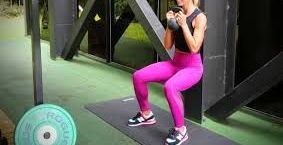
Hamstrings
The hamstrings, located on the back of the thigh, act as synergists during a wall sit, assisting the quadriceps in maintaining the seated position. While the primary function of the hamstrings is to flex the knee joint, they also play a secondary role in stabilizing the hips and pelvis and preventing excessive forward lean. Engaging the hamstrings helps distribute the workload evenly across the lower body muscles, reducing the strain on any single muscle group.
Ready to schedule your FREE No Sweat Intro? Click HERE to get started.
Calves
Although not as prominently engaged as the quadriceps, glutes, and hamstrings, the calves also contribute to the stability and support required during a wall sit. The soleus and gastrocnemius muscles of the calf help maintain proper ankle alignment and prevent the heels from lifting off the ground. This ensures that the weight remains evenly distributed throughout the feet and provides a solid foundation for the lower body.
Ready to schedule your FREE No Sweat Intro? Click HERE to get started.
Core
While the primary focus of a wall sit is on the lower body muscles, the core also plays a vital role in maintaining proper posture and stability. The deep core muscles, including the transverse abdominis and multifidus, engage to stabilize the spine and pelvis, preventing excessive arching of the lower back. Additionally, the rectus abdominis and obliques may activate to maintain a neutral pelvis and prevent sagging or leaning to one side.
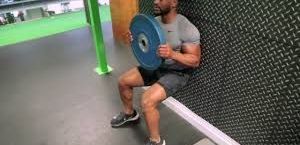
Conclusion
A wall sit may appear simple at first glance, but it engages a complex network of muscles throughout the lower body and core. By targeting the quadriceps, glutes, hamstrings, calves, and core muscles simultaneously, this isometric exercise provides a comprehensive lower body workout that improves strength, endurance, and stability. Whether you're looking to strengthen your legs, enhance athletic performance, or simply add variety to your workout routine, incorporating wall sits can help you achieve your fitness goals effectively. So, the next time you're seeking a challenging lower body exercise, consider adding a wall sit to your repertoire and feel the burn as these muscle groups work in harmony to support your body against the wall.
Ready to schedule your FREE No Sweat Intro? Click HERE to get started.
